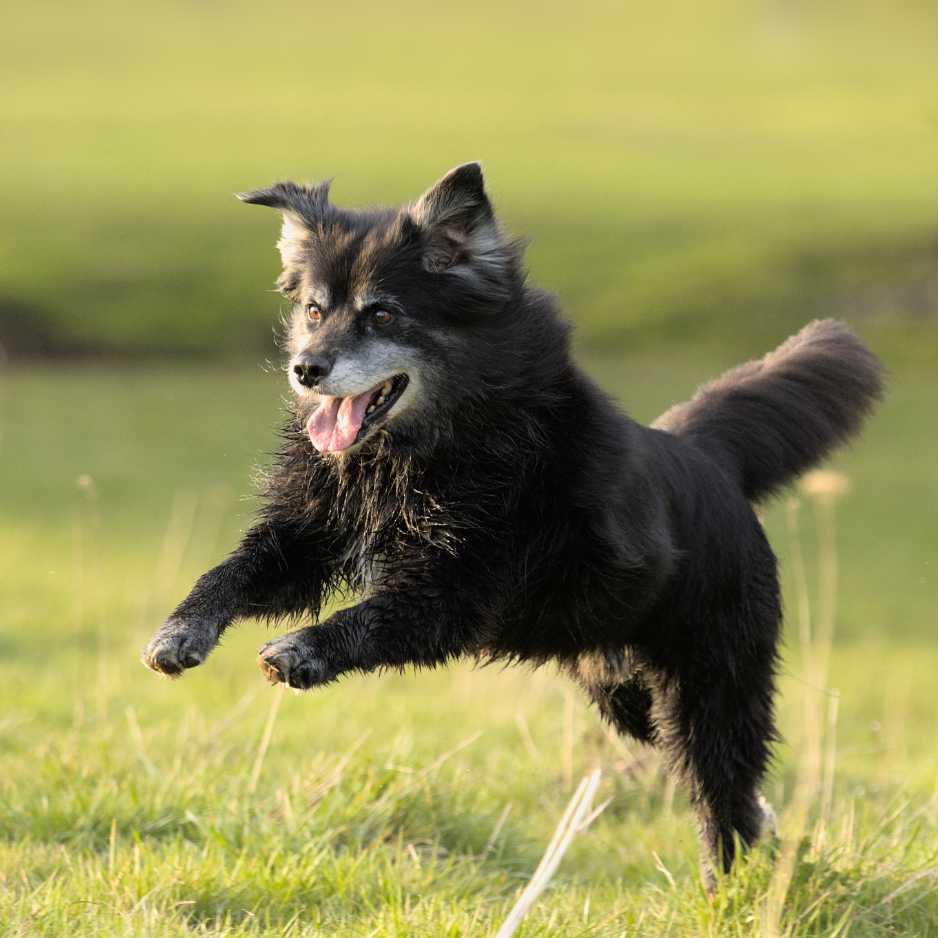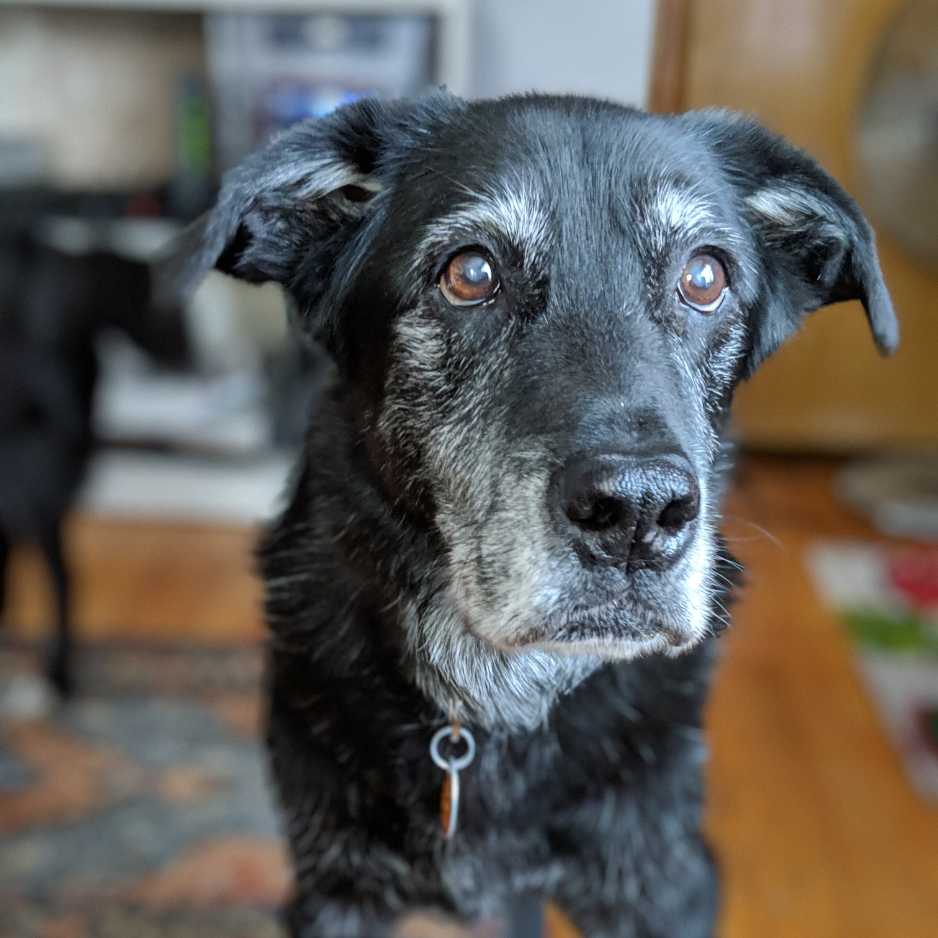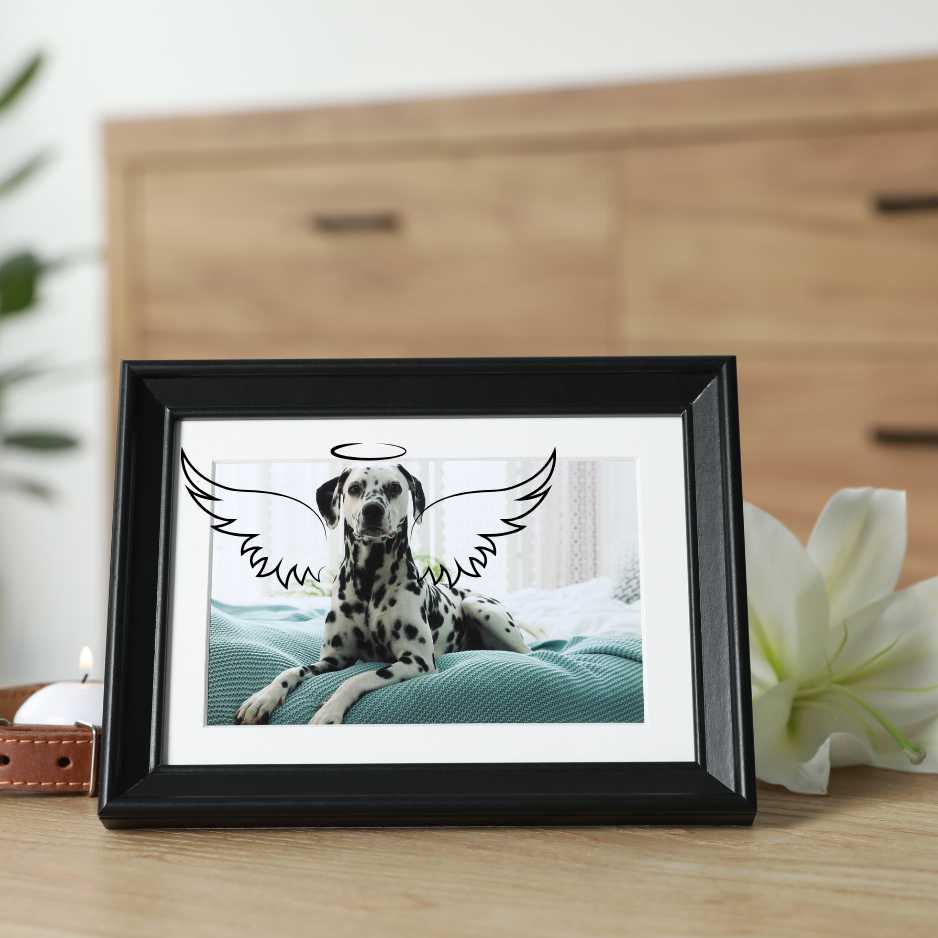As dogs age, their needs change, and it’s essential to adapt how we care for them during their senior years. Senior dogs, much like elderly humans, require more attention, special diets, and a bit more tenderness to ensure they remain happy and healthy. Here are some of the best tips for taking care of your senior dog, ensuring their golden years are as comfortable as possible.
Understanding When Your Dog Becomes a Senior


One of the first things dog owners need to recognize is when their dog is considered a senior. Typically, larger breeds enter their senior years around 6 to 7 years of age, while smaller breeds might not be considered seniors until they are 8 or 9 years old. However, age is not the only indicator—changes in behavior, energy levels, and physical health also suggest your dog is transitioning into their senior phase.
Signs of Aging in Dogs:
- Slower movement or difficulty getting up
- Increased napping and less interest in physical activities
- Graying around the muzzle and other areas
- Changes in behavior or temperament
As your dog begins to age, regular vet checkups become crucial to monitor for early signs of health issues and ensure preventative care is in place.
Adjusting Diet and Nutrition for Senior Dogs


Just like in humans, senior dogs’ metabolism slows down, and their dietary needs change. Feeding your senior dog the right food is key to maintaining their health. Many pet food brands offer senior dog formulas designed to provide the right balance of nutrients for aging dogs. These formulas often contain fewer calories, higher fiber, and additional supplements like Omega-3 fatty acids to support joint health.
Key Nutritional Considerations:
- Lower calorie intake to avoid obesity
- High fiber to support digestion
- Protein to maintain muscle mass
- Omega-3 and Omega-6 fatty acids for coat and joint health
Monitoring your senior dog’s weight is important since both obesity and unintentional weight loss can be problematic. Consult your vet for the best dietary recommendations and adjust feeding habits as needed.
Maintaining Joint and Bone Health


One of the most common issues senior dogs face is joint pain and arthritis. Larger breeds, in particular, are prone to hip dysplasia and other joint-related problems. Thankfully, there are ways to manage this and keep your dog comfortable.
Supporting Joint Health:
- Provide joint supplements like glucosamine and chondroitin to promote cartilage health.
- Offer low-impact exercises, such as swimming or gentle walks, to keep them mobile without putting too much strain on their joints.
- Invest in orthopedic dog beds or padded surfaces to help cushion sore joints.
- Use ramps or stairs to reduce stress on joints when climbing onto furniture or into vehicles.
Early intervention can help delay the onset of more severe joint problems, so keeping an eye on your dog’s mobility is essential.
Grooming Your Senior Dog


Grooming becomes an even more important routine for senior dogs. As dogs age, they may develop dry skin, thinner fur, and even have difficulty grooming themselves. Regular grooming sessions can help you identify skin problems early, maintain coat health, and keep your dog comfortable.
Grooming Tips:
- Brush their coat regularly to avoid mats and stimulate the skin.
- Keep nails trimmed, as senior dogs may not wear them down as quickly.
- Check for any lumps, bumps, or skin irritations during grooming.
- Maintain a dental hygiene routine—older dogs are more prone to dental disease, so regular brushing or dental chews are crucial.
Keeping your senior dog clean and well-groomed not only promotes good health but also gives you a chance to check for any new health issues.
Mental Stimulation and Cognitive Health


Dogs can experience cognitive decline as they age, similar to dementia in humans. This condition, known as Canine Cognitive Dysfunction (CCD), can result in confusion, disorientation, and changes in behavior. Keeping your senior dog’s brain engaged and active can help slow this decline.
Ways to Support Cognitive Health:
- Introduce puzzle toys or interactive games to challenge their brain.
- Engage in short training sessions to reinforce good behavior and teach new tricks.
- Socialize them with other dogs or familiar humans to keep their minds stimulated.
- Consider dietary supplements or special senior dog foods formulated for brain health.
Providing mental stimulation is as important as physical activity for maintaining their quality of life as they age.
Regular Veterinary Checkups


Frequent vet visits are crucial for senior dogs. As your dog gets older, it’s essential to schedule checkups every six months to monitor their health. Routine tests, including bloodwork, urine analysis, and heart checkups, can help catch health problems early, such as kidney disease or heart conditions.
Veterinary Care Checklist:
- Regular checkups every six months
- Blood tests to monitor organ function
- Dental checks to prevent periodontal disease
- Regular updates on vaccinations and flea/tick preventives
By staying proactive, you can address potential health issues before they become serious.
Managing Chronic Conditions in Senior Dogs


Senior dogs are more susceptible to chronic health issues like diabetes, arthritis, kidney disease, and heart problems. Managing these conditions requires a combination of medication, diet, and lifestyle changes. Always follow your vet’s advice regarding treatments, and be vigilant in observing any signs of discomfort or pain in your dog.
Managing Chronic Health Issues:
- Follow prescribed medication routines for chronic conditions.
- Adjust their diet to meet the needs of their condition (e.g., low sodium for heart disease).
- Keep a pain management plan in place, especially for joint or bone issues.
- Monitor for any signs of decline and adjust care as needed.
Managing chronic conditions requires extra effort, but it greatly improves the quality of life for your senior dog.
Creating a Comfortable Living Environment


As your dog ages, they may need some adjustments around the house to ensure their comfort. Slippery floors, steep stairs, or high beds can become obstacles for senior dogs with joint problems or declining mobility.
Home Adjustments for Senior Dogs:
- Use non-slip mats or rugs to help your dog navigate slippery floors.
- Provide soft, orthopedic dog beds to support aging joints.
- Install ramps or stairs to help them get on furniture or into cars more easily.
- Keep their food and water bowls at a comfortable height to prevent strain.
Creating a senior-friendly environment can reduce discomfort and help your dog move around with ease.
Recognizing When It’s Time to Let Go


One of the hardest parts of pet ownership is knowing when to say goodbye. While senior dogs can live comfortably with the right care, there may come a time when their quality of life declines to the point where it’s kinder to let them go.
Signs of Declining Quality of Life:
- Chronic pain that cannot be managed with medication
- Inability to move without severe discomfort
- Loss of interest in eating, drinking, or interacting
- Frequent or uncontrollable accidents due to incontinence
If you’re unsure, speak with your vet about assessing your dog’s quality of life and making the best decision for your pet’s well-being.
Conclusion
Caring for a senior dog requires patience, love, and a bit of extra attention. With proper care, you can help your dog enjoy their golden years with comfort and happiness. From maintaining a healthy diet to managing chronic conditions, following these tips will ensure your senior dog stays healthy and content as they age.




